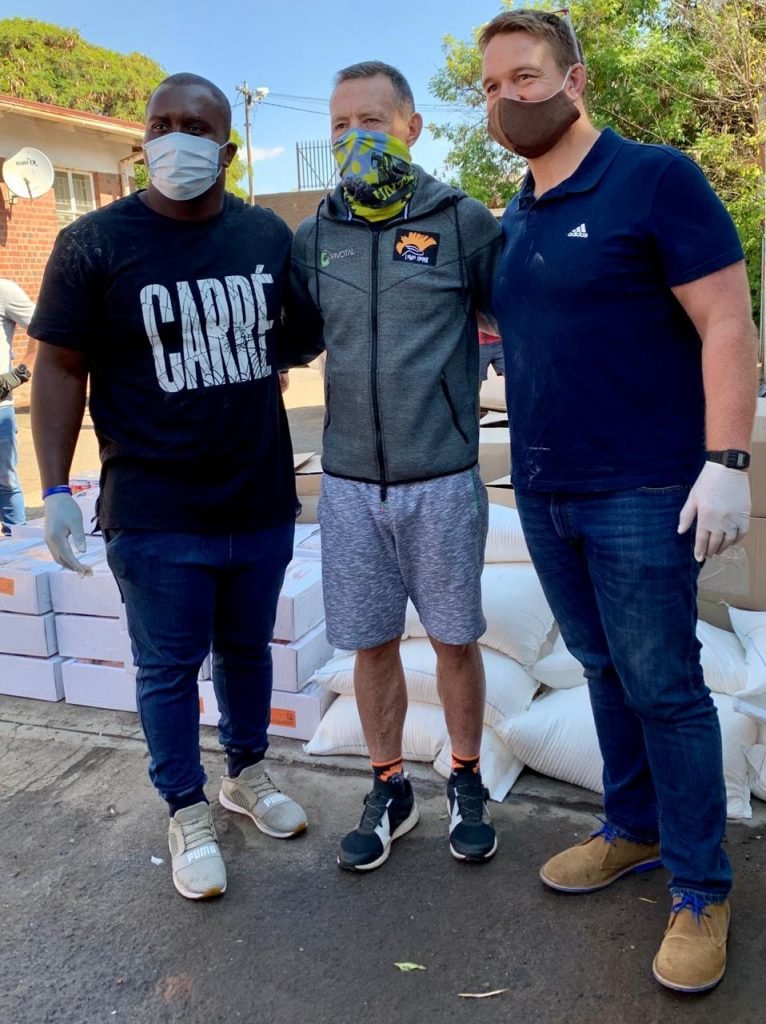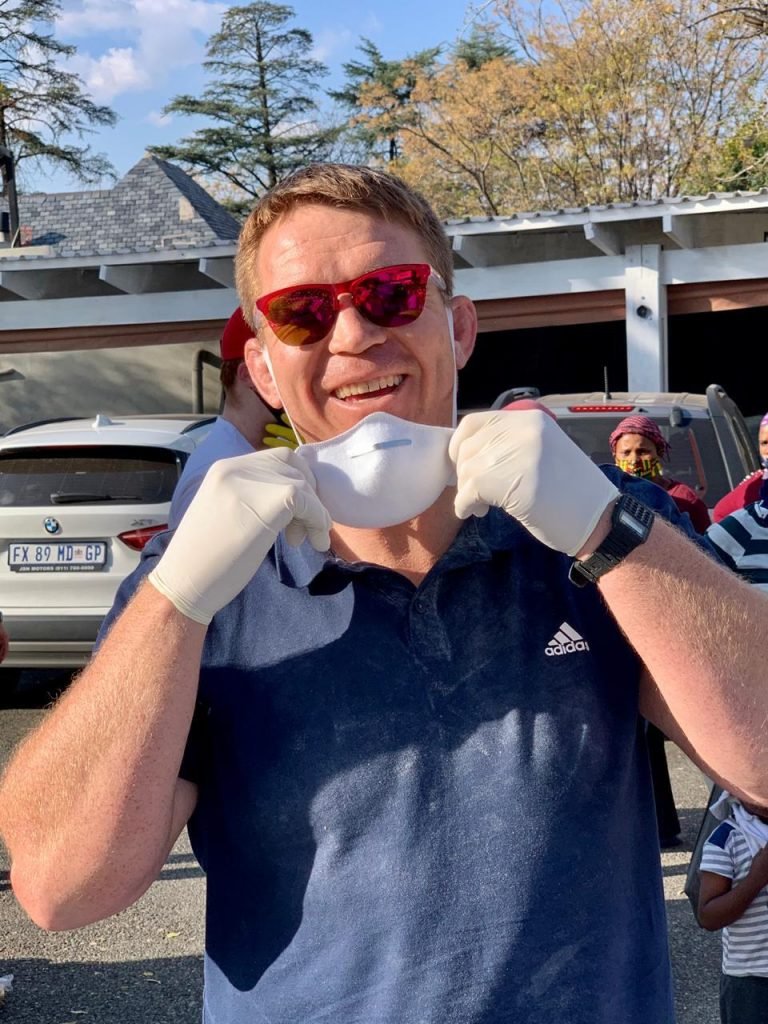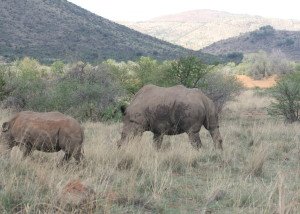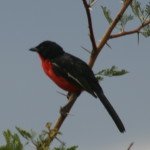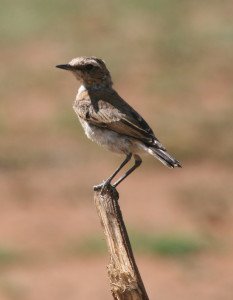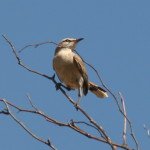Galiem had shotgun impact in an attack of water pistols 0
The Titans bowling attack might have been figuratively armed with water pistols for most of last season, but Dayyaan Galiem and his swing bowling was the exception as the all-rounder brought an exciting new dimension to the team in his first season after moving from the Cape.
Galiem was their leading four-day wicket-taker last season with 21 scalps, while he also took 11 Momentum One-Day Cup wickets, second only to spinner Imraan Manack. Add in 310 four-day runs at an average of 25.83 with two half-centuries and the 23-year-old was a worthy recipient of the Titans’ First-Class Player of the Season, Newcomer, and Player of the Year awards on Thursday night.
“I was very surprised to be given the new ball and to become one of the leaders of the attack, but I loved the challenge. I prefer the new ball because it moves around a bit more, although there is pressure that comes with that. I learnt how to control the ball better and the more confidence you have, the more you can show your skill. I do regard myself as a swing bowler, but I would also like to improve my pace.
“I was working on getting more energy on the ball and trying to get it to swing later, and I found that once I got my speed up and hit the deck hard then I was getting late swing, which makes it more challenging for the batsmen. When you’re not confident and not sure where the ball is going, then you tend to just stick to one thing, but the more situations I’m in, the more I learn and the better I can deal with them,” Galiem told Saturday Citizen on Friday.
Nobody can be sure who first coined the phrase that partnerships win matches, but in terms of his batting, Galiem is not satisfied to have merely contributed to some crucial lower-order stands and next season he wants to go big.
“Batting was more of a challenge, just adapting to the level of cricket because I played just the one four-day game for the Cobras before coming to the Titans. I had a lot of starts, some good partnerships, a couple of big ones. But I would like to kick on and get hundreds, going into next season I want to improve my batting a lot and score big hundreds.
“I’m happy with how my first season went, but I was not satisfied with my batting and I know I can do better. I want to be more consistent with the bat and score bigger runs. I was really happy with my bowling but I also want to have more consistency of intensity with the ball, bowl better spells and trouble the batsmen for longer periods,” Galiem said.
It is hard to believe that the youngster who arrived at Centurion as a highly-rated all-rounder but with little franchise experience behind him, is now the collector of three Titans awards including the biggest of the lot. But Galiem clearly has the talent and belief to make sure his move to the Titans continues to be a huge success.
“When I came into the side I was a bit worried about performing, I had the pressure of coming from a different province and wanting to do well. I felt I had a lot to prove, but the guys were very welcoming, they made it a lot easier and I felt part of the team immediately, so big thanks to them. Obviously it was still nervewracking though and hopefully I will just get better and better now.
“I feel like my game has improved a lot. But when I arrived I just hoped for an opportunity. I believed in myself and I learnt patience from playing three-day cricket. I was very nervous at the start and I felt nervous every game. But I just tried to keep things simple, do the basics for a long period of time and it worked out. Cricket seems so complicated but the team that does the simple things best usually comes out on top,” Galiem said.



